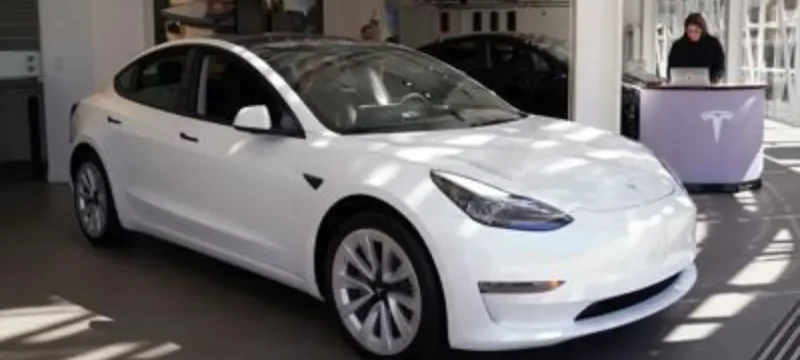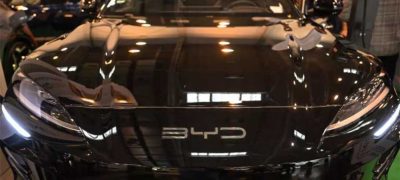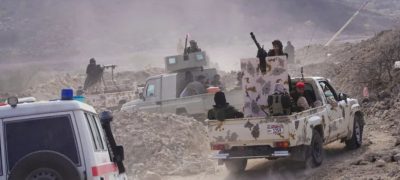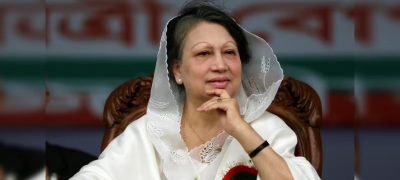Tesla’s decision to lay off more than 10% of its global workforce, as reported by Reuters, reflects the company’s efforts to streamline operations amidst challenges such as falling sales and increased competition in the electric vehicle (EV) market.
CEO Elon Musk emphasized the need for periodic reorganization to prepare the company for future growth. However, the departure of senior leaders, including battery development chief Drew Baglino and vice president for public policy Rohan Patel, has raised concerns among investors about Tesla’s growth trajectory.
The layoffs come amid reports of Tesla cancelling a long-promised inexpensive car, known as the Model 2, which investors had anticipated to drive mass-market growth. Instead, the company is shifting its focus to self-driving robotaxis. However, concerns remain about the timeline for regulatory approval and the future of Tesla’s autonomous vehicle plans.
Also Read :Tesla’s ‘Robotaxi’ Announcement Expected in August
Tesla’s struggles are reflected in its stock performance, with shares falling approximately 33% so far this year. This contrasts with the rally seen in shares of legacy automakers like Toyota Motor and General Motors. The broader impact of slowing EV demand is evident not only at Tesla but also at other companies like energy major BP, which has cut more than a tenth of its workforce in its EV charging business.
Despite these challenges, Tesla is expanding its global footprint, with plans to start sales in India and produce cars in Germany for export. However, the company faces competition from Chinese EV makers like BYD and Xiaomi, which have gained traction in the market. Overall, Tesla’s workforce reduction underscores the company’s efforts to address cost pressures and increase productivity amid a rapidly evolving automotive landscape.









